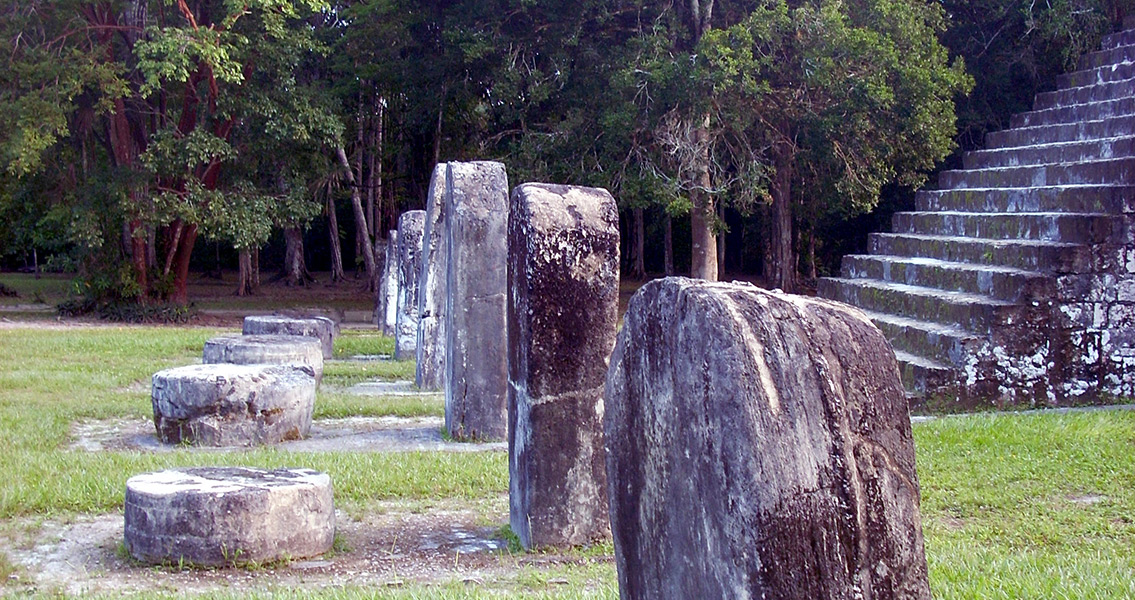<![CDATA[A team of archaeologists working to uncover artifacts in Guatemala have announced the discovery of a Maya remnant dating back as far as the fifth century CE. Researchers working as part of the La Corona Regional Project within the country have announced in a press conference that several new discoveries have been made at the El Achiotal archaeological site, including a Maya stela that remains in excellent condition considering its age. In a press release from Tulane University, the excavation’s co-director Marcello A. Canuto says that the stela in question depicts an early Maya king from a time period that there’s little information from regarding the Maya civilization. Canuto, who is also the director of the Middle American Research Institute for the university, did say that the condition of the stela is remarkable, with traces of sparkling red paint still intact on the artifact. The stela, which was found in pieces, was discovered by Tulane grad student Luke Auld-Thomas as he unearthed the shrine the stela had been placed in for safe keeping. Luke’s funding came in part from a Young Explorer’s Grant furnished by National Geographic. David Stuart, an epigrapher from the University of Texas at Austin, examined the stela and estimated that it was dated at 22 November 318 CE. The date corresponds to a period of political unrest in Maya territory, especially in central locatons such as those around El Achiotal. The La Corona archaeologists also came across a pair of hieroglyphic panes in remarkably well-preserved states as well. Maxime Lamoureux St-Hilaire, a fellow Tulane grad student, made the discovery in the remains of the La Corona palace he had been excavating. These panels were miraculously intact thanks to the fact that they had been overlooked by looters; they were positioned in an out-of-the-way corner of the palace in a separate room. The inscriptions on the panels tell the story of how accession to the throne had to be accompanied by detailed ritual. Canuto said that it was obvious the ancient Maya had a keen appreciation for these stela, indicating that the civilization had a strong connection to the past and its own history. The archaeologist pointed to how well the stela and the accompanying panels had been preserved despite their advanced age as a strong indicator of such behavior among the Maya. “It is clear that the ancient Maya relocated these panels for a special reason”, the archaeologist said in the press release, adding that doing so gave the panels “a new home in the royal residences. This is a pattern we have seen often at La Corona.” The La Corona Regional Project is an ongoing endeavor that began in 2010. In addition to National Geographic, both the US Department of the Interior and the Pacunam Foundation provide funding for the excavation and study of any Maya artifacts found by the research team. Image courtesy of Wikimedia Commons user: Simon Burchell]]>
Key Maya Monuments Unearthed in Guatemala
